Hey there, symbiote enthusiasts! Back for another deep dive into the Spider-Verse? After catching “Venom: The Last Dance,” like many of you, I immediately hit the wikis to dissect every detail, hunting for those elusive Easter eggs and comic book nods. And let me tell you, this movie is brimming with them – even if some are a bit subtle or open to interpretation. If you’re like me and love picking apart these references, or if you’ve already seen the film and want to make sure you caught everything, then buckle up. We’re diving headfirst into Venom The Last Dance Spoilers to uncover all the potential comic connections. Consider this your spoiler warning – major plot points ahead!
Toxin… or Not? The Mulligan Mystery

Remember the post-credits scene of “Venom: Let There Be Carnage”? Patrick Mulligan seemed to be transforming, hinting at the Toxin symbiote. It was a logical assumption, right? However, “Venom: The Last Dance” throws a curveball. The film reveals that the symbiote attached to Mulligan in the previous movie simply vanished, never named or explained. Mulligan is then captured by the shadowy Imperium organization and forcibly bonded to a different, unnamed symbiote. This new symbiote is green and serpentine, initially making me think of Lasher. But that theory gets debunked later. Whether the filmmakers intended this initial symbiote tease to be Toxin is unclear. Regardless, Mulligan is back, only to meet a rather anticlimactic end, killed off by another character we’ll discuss shortly. In the comics, Detective Patrick Mulligan debuted in Venom/Carnage #1, while Toxin first appeared in Venom/Carnage #2. It feels like a missed opportunity to fully realize Toxin’s potential on screen.
The Xenophages: Symbiote Predators Unleashed
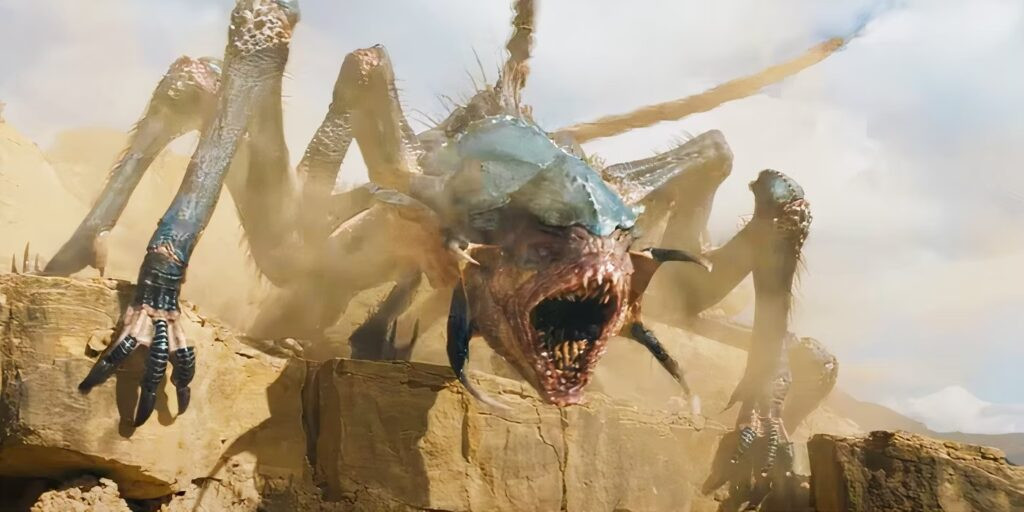
Comic readers will recognize the Xenophages, a terrifying alien race that preys on symbiotes. In “Venom: The Last Dance,” they aren’t just lurking in the shadows; they’re central antagonists, controlled by a greater power. These creatures are hunting Venom throughout the film, driven by the need to retrieve his codex – seemingly a crucial key for their master. The Xenophages are depicted as brutal and efficient hunters, essentially living wood chippers for symbiotes. They consume their targets whole, with the unfortunate symbiote and host remains expelled in a gruesome manner. Several characters, including Mulligan and his Imperium-assigned symbiote, fall victim to this horrific fate. The Xenophages made their first comic appearance in Venom: The Hunted #1, and their movie portrayal definitely captures their deadly nature.
Knull: The Symbiote God Rises
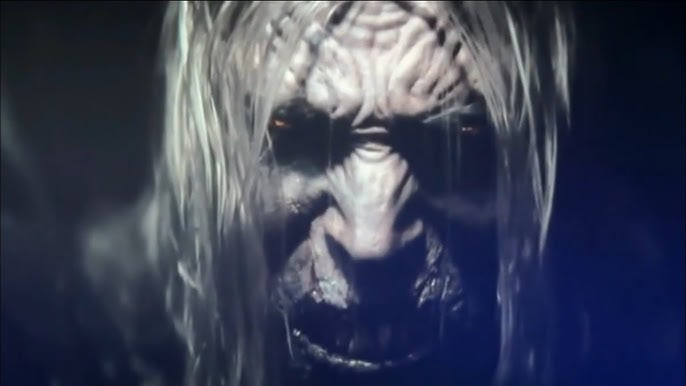
Yes, the whispers were true! Knull, the god of the symbiotes, is the mastermind pulling the Xenophage strings. Imprisoned by his own symbiote creations in a unique cosmic jail, Knull needs Venom’s codex, formed when Venom initially revived Eddie Brock in the first film, to break free. Sony has confirmed future plans for Knull, signaling his importance in the expanding universe. Adding to the intrigue, Andy Serkis, director of “Venom: Let There Be Carnage,” portrays this cosmic horror. Knull’s full comic debut was in Venom Vol. 4 #3, and his presence in “Venom: The Last Dance” opens up exciting, and terrifying, possibilities for the franchise.
Sadie and Lasher: A Tentacled Team-Up
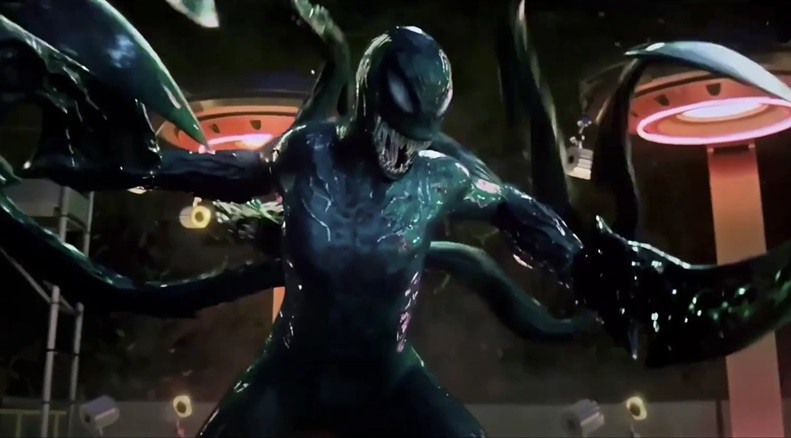
Within the Imperium’s ranks, we meet Sadie Christmas, a scientist who becomes bonded with the green, tentacled Lasher symbiote. Sadly, like many symbiotes in this film, Lasher doesn’t survive the events. Interestingly, a young girl named Sadie served as a host for Lasher in Absolute Carnage: Separation Anxiety #1. The Lasher symbiote itself has a longer history, first appearing in Venom: Lethal Protector #4. This appears to be a loose adaptation, blending elements from different comic iterations.
Teddy Payne: Gender-Swapped and Symbiote-Bound
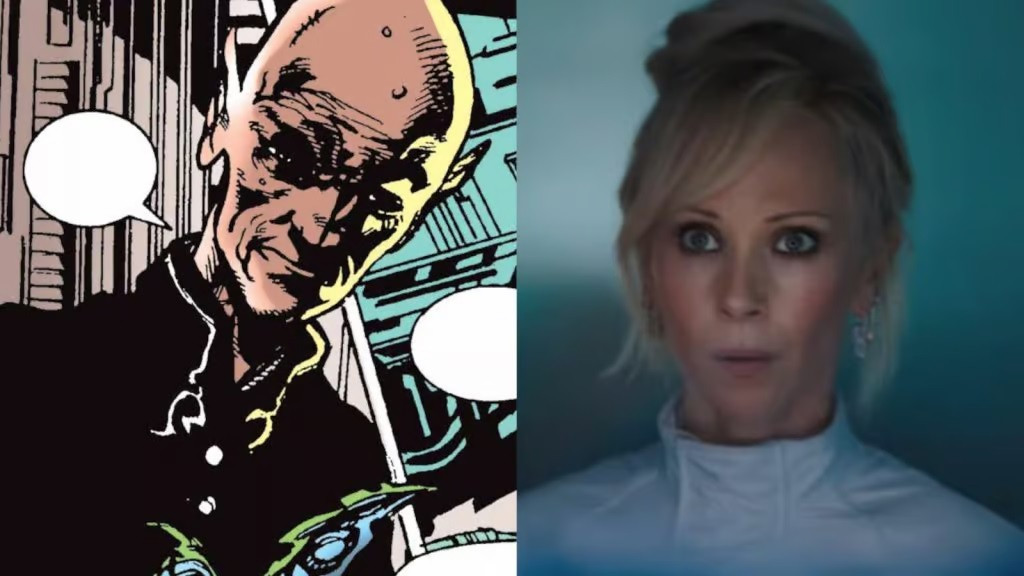
The film introduces Teddy Payne, played by Juno Temple, a gender-bent version of Dr. Thaddeus Paine from the comics (note the slightly different last name spelling). Like Sadie, Teddy is an Imperium scientist. In the comics, Dr. Paine was initially a Morbius adversary, debuting in Morbius: The Living Vampire #4, before becoming a Venom foe in the Venom: The Hunger mini-series. This gender-swapped adaptation adds a fresh dynamic to the character.
Agony: Electric Purple Powerhouse
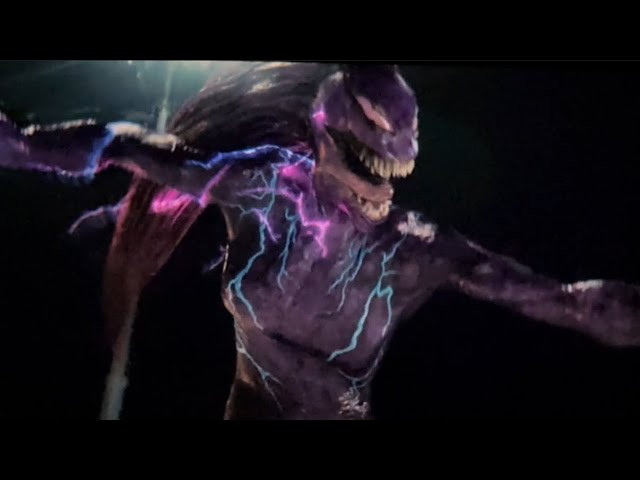
Dr. Payne bonds with the purple Agony symbiote in “Venom: The Last Dance,” gaining electrical powers due to a quirky backstory detail – Payne being struck by lightning as a child. Agony is one of the few symbiotes to survive the film, raising questions about future plans. Will she be further explored, or will she suffer the same fate as the potential Toxin storyline? Agony’s comic debut was also in Venom: Lethal Protector #4, highlighting the film’s reliance on this classic storyline for symbiote characters.
Rex Strickland: Soldier, Not Symbiote
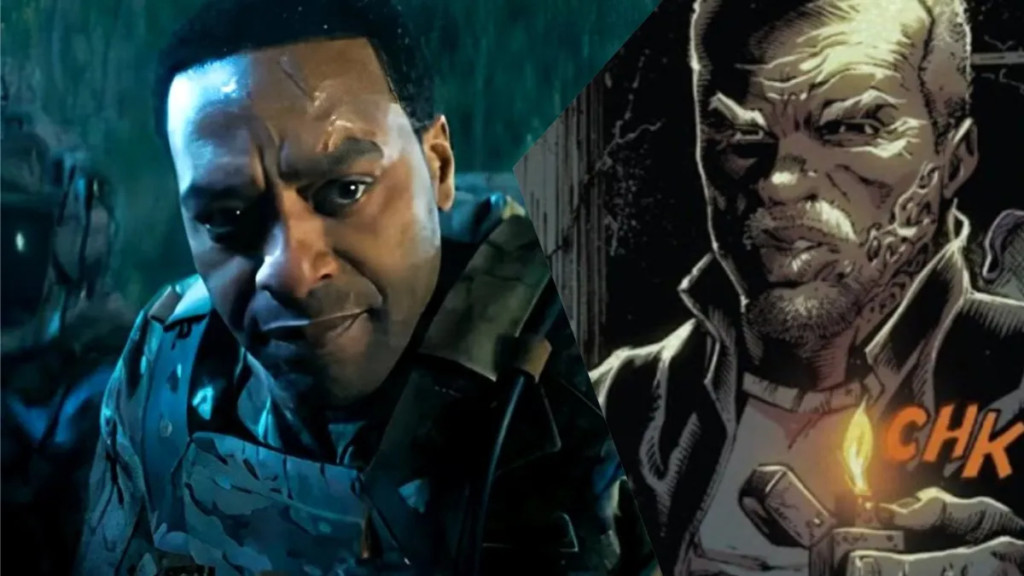
Chiwetel Ejiofor’s character, Rex Strickland, takes a different path from his comic counterpart. In the film, he’s portrayed as a human soldier within the Imperium, not the symbiote super-soldier from the source material. Rex Strickland, also known as Tyrannosaurus, first appeared in Venom Vol. 4 #1-2. In the comics, Rex’s symbiote actually consumed him after his death in Vietnam. The movie version seems to strip away the symbiote connection, focusing on the human element of the character.
Phage: Pudgy and Perished

Phage, not to be confused with the Xenophages, appears as a somewhat stout, orangish-yellow symbiote in the film. It bonds with Jim, an Imperium security guard, but doesn’t survive the final showdown. Phage shares a comic origin with Agony and Lasher, also debuting in Venom: Lethal Protector #4. The movie depiction is a far cry from Phage’s more menacing comic book look, opting for a more comedic, albeit short-lived, portrayal.
Hybrid Homage? The Double-Headed Symbiote
The film features a moment where two symbiotes merge into a double-headed creature during the final battle. This seems like a nod to Hybrid from the comics, although visually, they are vastly different. It’s hard to imagine another character this could be referencing, given the double-symbiote nature. Hybrid first appeared in Venom: Along Came a Spider #1, and while the movie version is a loose interpretation, the core concept of merged symbiotes is present.
Red Goblin Tease? The Fiery Symbiote
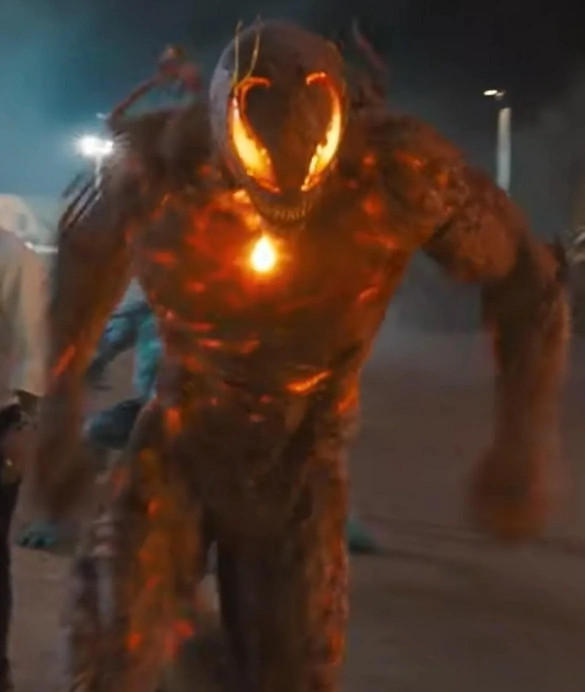
A particularly striking symbiote in the movie possesses fiery powers. While no direct comic counterpart immediately comes to mind with this exact ability, it strongly evokes the Red Goblin. In the comics, when Norman Osborn bonded with the Carnage symbiote, it gained fire-based abilities due to Osborn’s Goblin Serum enhancements negating the symbiote’s fire weakness. The Red Goblin, riding a fiery glider, became a formidable foe. This fiery symbiote in “Venom: The Last Dance” could be a visual reference to the Red Goblin, hinting at future possibilities. Red Goblin’s terrifying debut was in The Amazing Spider-Man #798.
Anti-Venom Nod? The White Symbiote Mystery

“Venom: The Last Dance” takes significant liberties with symbiote designs. While Flash Thompson is absent from the film, a striking silvery-white symbiote appears. Outside of a few “Stealth Venom” figures, Anti-Venom is the most prominent white symbiote in the comics. This could be a visual Easter egg for Anti-Venom fans. The Anti-Venom symbiote suit first graced the pages of The Amazing Spider-Man #569, and its movie counterpart, even without Flash Thompson, is a visually interesting addition.
And for those wondering, no, the Lizard doesn’t make an appearance, despite Rhys Ifans being in the movie.
Did I miss any references? Were some of these connections a stretch? What are your thoughts on “Venom: The Last Dance” and its comic book nods? Let me know in the comments below!
